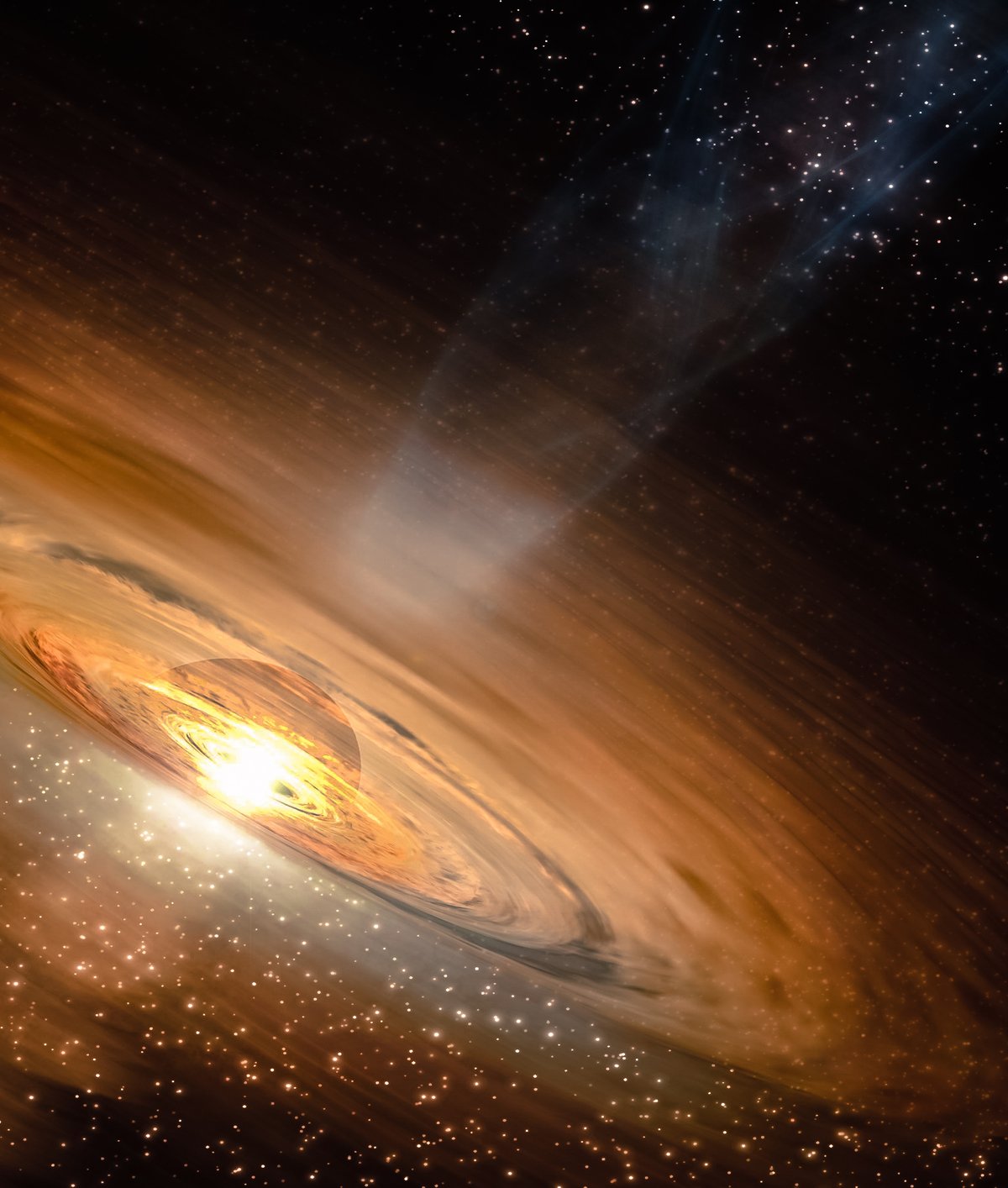According to a study published in the scientific journal Monthly Notices of the Royal Astronomical Society, astronomers have discovered a feature of black holes that proves Albert Einstein’s theory is correct. Data collected by the NuSTAR and NICER space telescopes of the United States National Aeronautics and Space Administration (NASA) were used.
A team of researchers from the Department of Physics at the University of Oxford in the UK used X-ray data to check whether Einstein’s prediction about black holes was correct. More specifically, They managed to prove that there is a ‘subduction zone’ around the massive phenomenon, where the gravitational forces of the black hole are much more intense.
The paper focused on examining the smaller black holes that may be found closest to Earth. To contain, They believe the first real videos of larger, more distant black holes will be captured later this year. Although it studies smaller phenomena, another Oxford team is building the African Millimeter Telescope to produce images of these supermassive regions.
“This is the first image of how plasma peeling off the outer edge of a star undergoes its final fall into the center of a black hole, a process that takes place in a system about 10,000 light-years away. What’s really exciting is that there are so many black holes in the galaxy, and they now produce the strongest known gravitational fields.” “We have a powerful new technique to use to study it,” said study leader Dr Andrew Mummery, from Oxford’s Department of Physics.
Black hole and Albert Einstein
In his theory of gravity, Albert Einstein states that it is impossible for cosmic particles to follow circular orbits if they are in the ‘subduction zone’ of the black hole, that is, if they are significantly close to it. When the particles reach this proximity, they begin to dive into the region at a speed close to the speed of light.
Although Einstein’s theory predicted this reaction, The paper points out that this is the first time we have been able to show that the ‘dive site’ actually has these properties. The team’s future goal is to film nearby and even more distant black holes using the African Millimeter Telescope.
“Einstein’s theory predicted that this final decline would occur, but this is the first time we have been able to show that it has occurred. Think of it like a river turning into a waterfall; By now we were looking at the river. This is our first time seeing this waterfall. We believe this represents an exciting new development in the study of black holes and allows us to investigate this latest area around them. Only then can we fully understand the force of gravity,” adds Mummery.
Did you like the content? So, stay up to date with more news about astronomy at TecMundo. If you wish, take the opportunity to understand what a black hole is and what the main discoveries are.
Source: Tec Mundo
I’m Blaine Morgan, an experienced journalist and writer with over 8 years of experience in the tech industry. My expertise lies in writing about technology news and trends, covering everything from cutting-edge gadgets to emerging software developments. I’ve written for several leading publications including Gadget Onus where I am an author.













